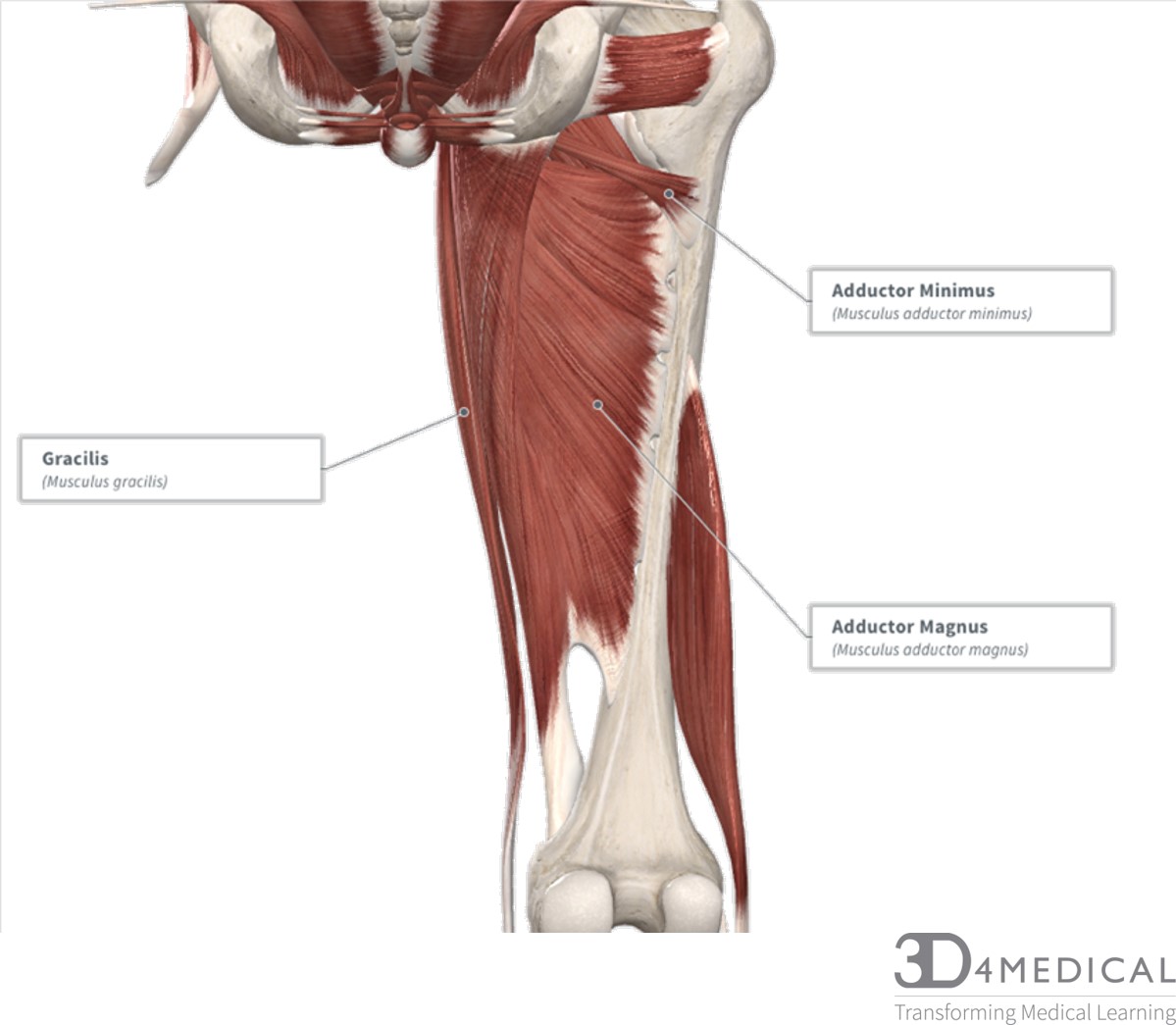Diagram Of Hip Muscles And Tendons
Diagram Of Hip Muscles And Tendons. In human anatomy, the muscles of the hip joint are those muscles that cause movement in the hip. The movements that can be carried out at the hip joint are listed below, along with the principle muscles responsible for each action When people have inflamed or irritated tendons, they may experience pain, tenderness and mild swelling near the affected joint. The muscular system is composed of specialized cells called muscle fibers. General causes of hip pain include
When people have inflamed or irritated tendons, they may experience pain, tenderness and mild swelling near the affected joint. Related posts of shoulder muscles and tendons diagram. Hip ligaments and tendons, tough, fibrous tissues that bind bones to bones and muscles to bones; As these areas are not commonly put under too much pressure tendonitis is much less likely. Tendons and ligaments as tensile forces stress. This diagram with labels depicts and explains the details of hip muscles and tendons. Synovial membrane and fluid, which encapsulates the hip joint and lubricates it, respectively. • coils and patient position: It joins the lower limb to the pelvic girdle.

Each of these muscles is a discrete organ constructed of skeletal muscle tissue, blood vessels, tendons, and nerves.
This diagram with labels depicts and explains the details of hip muscles and tendons. A tendon is a thick cord made up of tiny fibers that connect muscles to bones. Hip muscles that both support the joint and enable movement; The muscles and tendons in the hip are linked with the ligaments. Each of these muscles is a discrete organ constructed of skeletal muscle tissue, blood vessels, tendons, and nerves. Hip muscles and tendons march 19 2019 by luqman. The anterior muscles of the hip allow for rotational movements and flexion of the hip as well as flexion of the vertebral column, but only when they apply their contraction during cohesive unison. Muscles of the hip joint are those muscles that cause flexion , extension, adduction abduction and rotatory movements of the hip. The tendons and the muscles come next. Diagram representing the anterior view of the quadriceps tendon inserting over the patella. Now that you watched the video, you. Finally, on the top layer are the blood vessels and nerves. Flexion of hip and vertebral column. Most modern anatomists define 17 of these muscles, although some additional muscles may sometimes be considered. Hip tendonitis is painful inflammation or irritation of a tendon in the hip.
Want to learn more about it? Most modern anatomists define 17 of these muscles, although some additional muscles may sometimes be considered. Tendons and ligaments as tensile forces stress. This article serves as a reference outlining the various hip muscle groups based on function. Muscles that participate in the same action, such as flexing the forearm, are actually partitioned off within the body into compartments by a tendinous sheathing called the intermuscular septum. Diagram representing the anterior view of the quadriceps tendon inserting over the patella.

A tendon is the end part of a muscle that attaches the muscle to the bone.
Tendons vary in size and are somewhat elastic and attach. Muscles, bones, tendons and ligaments work together for the movement of the human. The anterior muscles of the hip allow for rotational movements and flexion of the hip as well as flexion of the vertebral column, but only when they apply their contraction during cohesive unison. Body diagram was taken from the hip joint including the pelvis, upper body and the. Now that you watched the video, you. It joins the lower limb to the pelvic girdle. Distribution on the hip can be shown. Learn vocabulary, terms and more with flashcards, games and other study tools. General causes of hip pain include Finally, on the top layer are the blood vessels and nerves. Related posts of shoulder muscles and tendons diagram.
Want to learn more about it? The tendons and the muscles come next. • coils and patient position: As these areas are not commonly put under too much pressure tendonitis is much less likely. General causes of hip pain include The muscles of the hip and thigh keep your hip joints strong and mighty, allowing for a wide range of hip movements. Tendons and ligaments as tensile forces stress. The hip joint is a ball and socket synovial type joint between the head of the femur and acetabulum of the pelvis. Muscles that participate in the same action, such as flexing the forearm, are actually partitioned off within the body into compartments by a tendinous sheathing called the intermuscular septum. A tendon is the end part of a muscle that attaches the muscle to the bone.
Adductor longus, inguinal ligament, sartorius.
As you can see, there are many hip muscles. In human anatomy, the muscles of the hip joint are those muscles that cause movement in the hip. Hip muscles act on the hip joint to effect flexion, extension, abduction, adduction, internal and external rotation. Tight muscles, tendons, ligaments, and tissues occur with osteoarthritis further limiting joint movement. Muscle anatomy of hip joint anatomy of hip joint and muscles, muscle anatomy of hip and buttocks, muscle anatomy of hip joint, muscular anatomy of the hip joint, human muscles, anatomy of hip. Hip muscles and tendons march 19 2019 by luqman. Patellar tendon and quadriceps tendon. • coils and patient position: The tendons of many muscles extend over joints and in this way contribute to joint stability. Hip problems occur when any one of. Each of these muscles is a discrete organ constructed of skeletal muscle tissue, blood vessels, tendons, and nerves.
This is particularly evident in the knee and shoulder joints, where muscle tendons hip muscles diagram. Synovial membrane and fluid, which encapsulates the hip joint and lubricates it, respectively.
Posting Komentar untuk "Diagram Of Hip Muscles And Tendons"